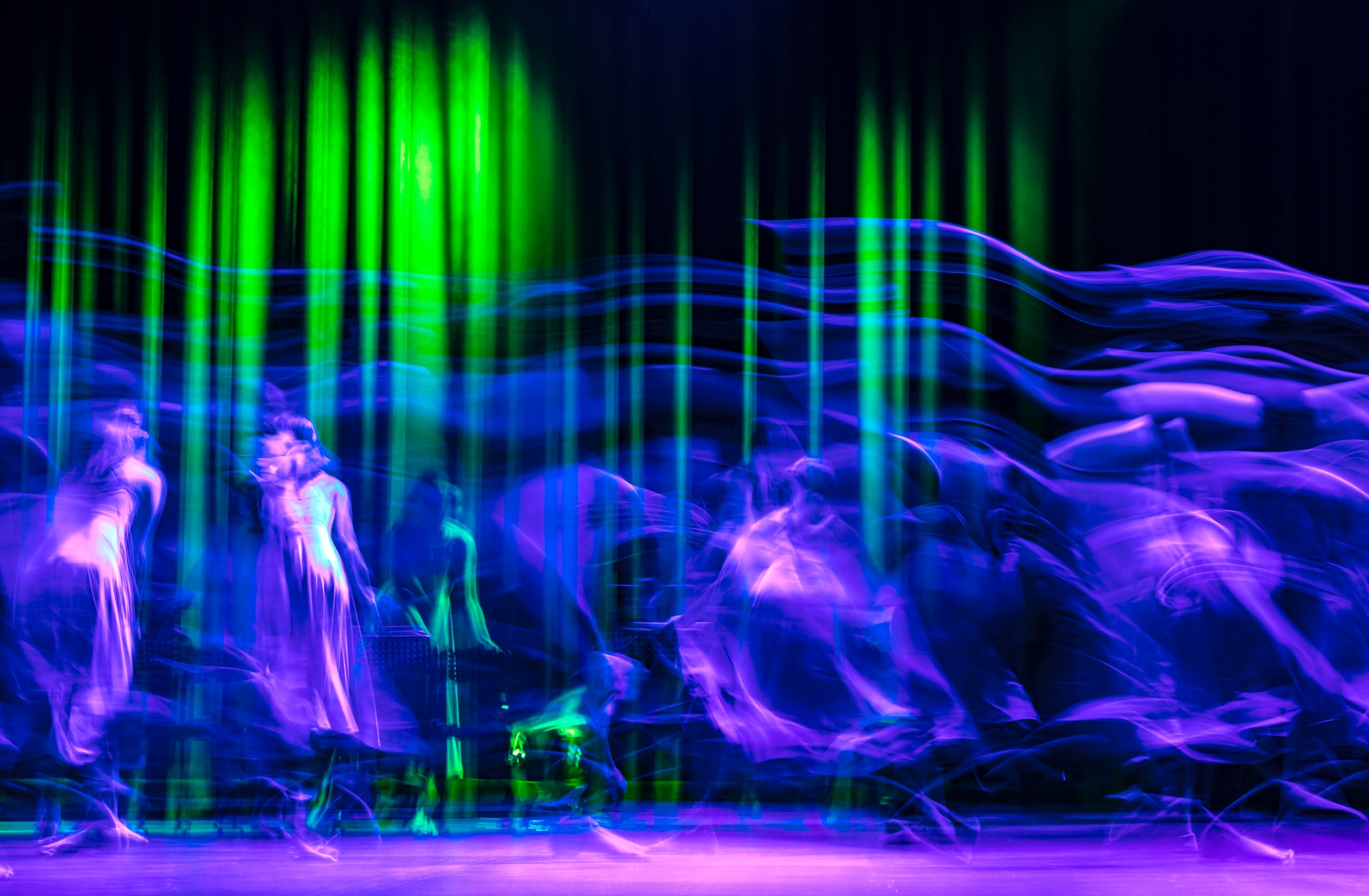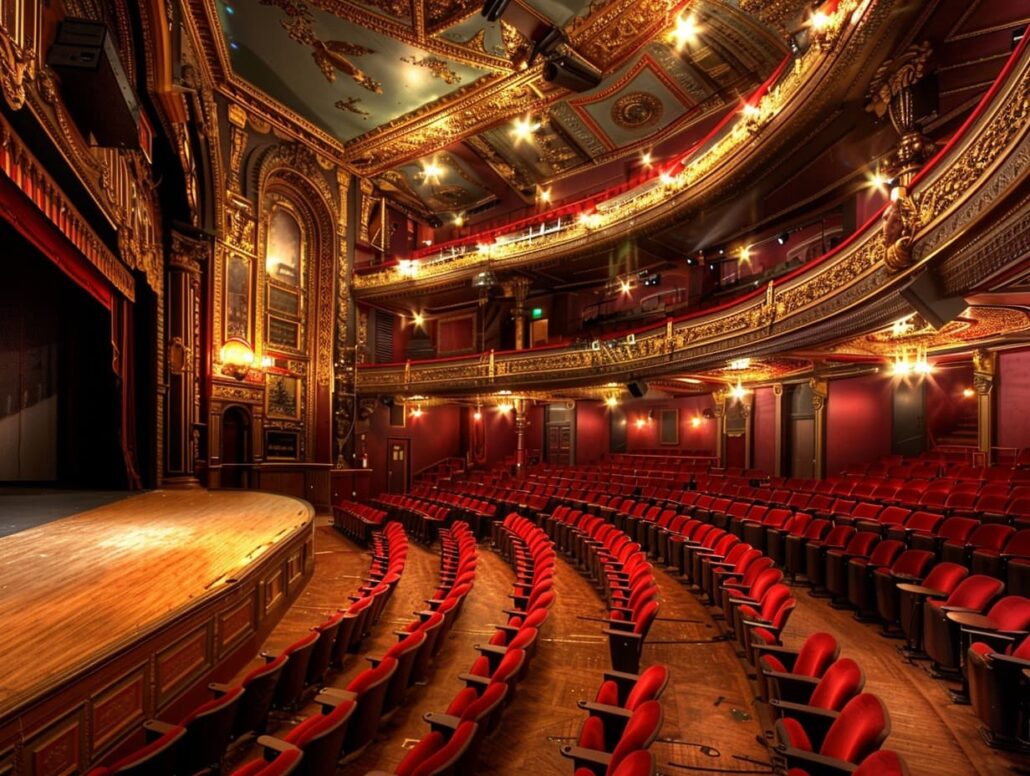Theater has been popular since its inception. The classical theater emerged in ancient Greece. The theatrical stage was an open circular area called the orchestral stage. Actors faced the audience, who sat on wooden or stone benches. It was in ancient Greece that the main genres originated: drama, comedy, tragicomedy, musical and buffoonery.
Modern theater
Modern theater is very different from classical theater – these are experimental genres that originated in the early twentieth century. Innovations shocked and surprised the audience, accustomed to the strict classics. Despite this, the changes were warmly received by most connoisseurs of the genre and successfully developed to this day.
Modern Theater
The key point of modern art is some new conventions concluded between those who produce this very art and the recipient who perceives it. This is most obvious in the theater, because even the most important famous plays are plays in which the spectator comes as a kind of evaluator. He bought a ticket, sat down, then says: good play or bad play.
Contemporary Theater
Contemporary theater has several important features.
Vividness and uncommonness. It is what is called performance art, the purpose of which is the continuous search for something new. Directors and screenwriters working with performance art are constantly trying to give the viewer a new and fresh perspective on various problems.
Neoclassicism. A classical work is changed in a modern manner. For example, the academic theater in Dnepropetrovsk held a performance in 2016. On it, Romeo and Juliet were presented by modern teenagers who study at universities and quietly use mobile gadgets. This is a vivid example of the classics through the prism of modernity: the problematics are the same, only the entourage has changed.
An educated audience. Whereas previously almost everyone used to go to the theater from time to time, for want of a wide variety of entertainment, today there is television and the Internet. They have grabbed a large stratum of the audience, so that the theater today is attended mostly by loyal admirers.
Shock. Contemporary theater often shocks audiences with bold ideas and violations of taboos. Advanced young people prefer it instead of movie theaters and the Internet for that very reason. In the theater you can talk freely about almost anything.
Intelligent organization of space. In modern theaters the seats around the stage are arranged in such a way that the spectator can not only hear the actors’ remarks but also clearly see the details of their costumes, facial expressions and gestures. It helps to feel better the mood and heartstrings of the characters.
Great choice of genres. There are dozens of them, and every year the number of genres increases. Musicals, daring standups, the new circus, vivid performances – there is a spectacle for everyone.
Contemporary Theatre Art
Theater styles
Art historians distinguish several theatrical styles used in theater. These include: absurdism, expressionism, melodrama, modernism, postmodernism, naturalism, puppetry, realism
Today, theater is a whole world consisting of dozens of mini worlds (different types of performances). Each of them has its own characteristics. Consider below such a topical type as a performance-performance.
Performance performances
Performance plays
In the West, performance art has no relation to theater at all and, in fact, is considered to be its exact opposite. Marina Abramovich, the queen of performance art, says that anyone who is involved in performance art has to hate theater because theater is an endless deception. The definition of performance is in turn related to the phrase “living art. In other words, a performance is only a performance when the life of the artist is in itself a work of art expressing his or her own personal philosophy. If we take an example from history, one of the first performance artists was the famous philosopher Diogenes, who lived in a barrel. It turns out that performance art has more to do with lifestyle than with art, and that is why not many art critics accept it at all.
contemporary theater
The term performance is used only in the post-Soviet sphere, defining in this way a genre of theater in which the theater goes beyond its usual framework. The category of performance-performance includes plays that are either played in non-standard venues (a street, a factory, an abandoned place), or plays with no dramaturgy, plastic plays, plays in which live music, interaction with the audience, installations, modern technologies-in other words, everything that implies experimentation.





